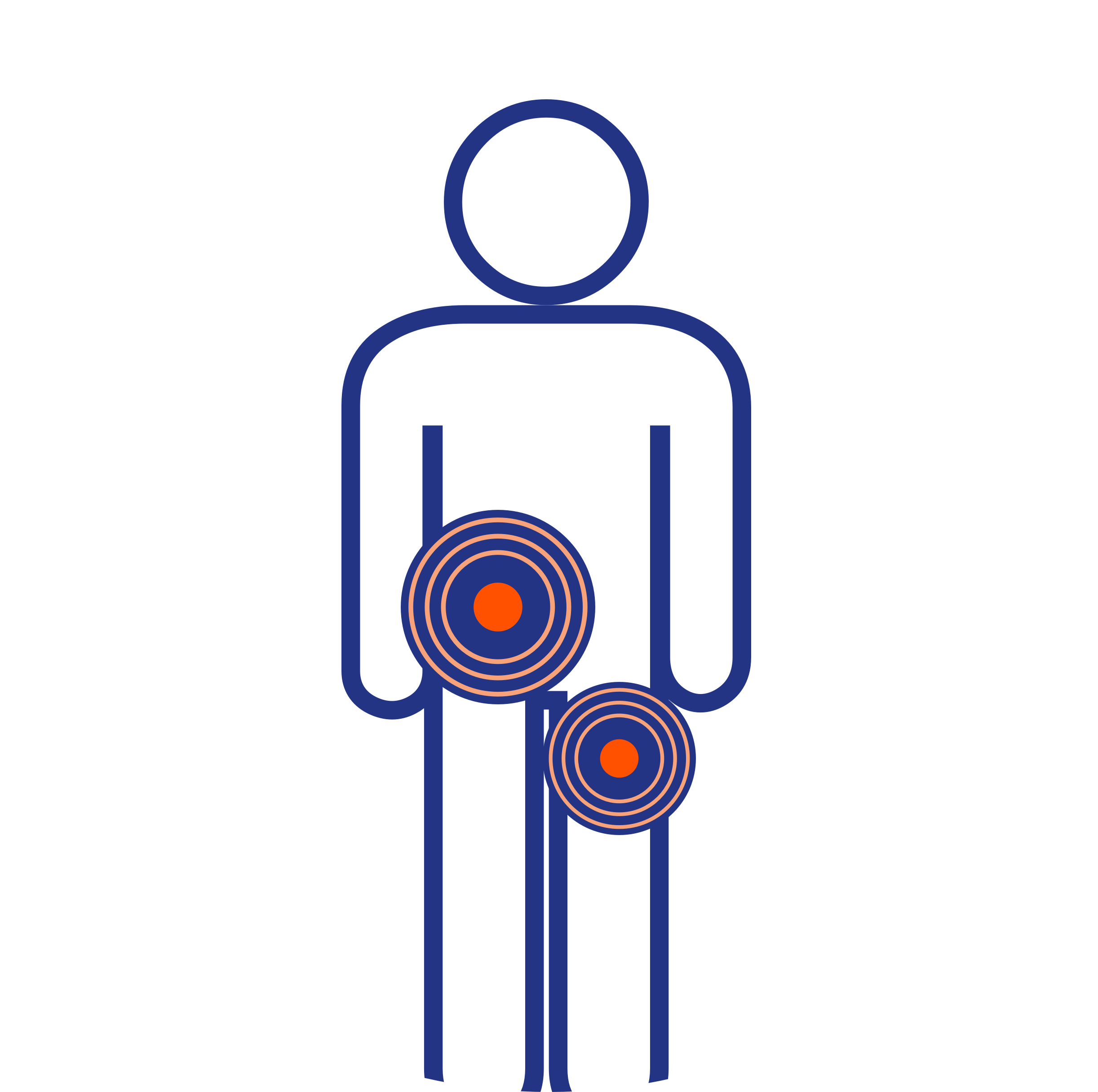Despite its name Sportsman’s hernia is not a true hernia defect but rather a chronic pain syndrome of the groin and lower abdomen, originally described in sportsmen.
However, it may also develop in people who do not practice any sport.
Sportsman’s hernias are typically caused by repetitive or explosive motions, especially those that require twisting of the pelvis such as soccer, hockey, rugby, or running. The tendons that attach the lower abdominal (obliques, rectus) or thigh (adductors) muscles to the pubic bone are especially vulnerable. This condition is also known as athletic pubalgia, sports hernia, Gilmore’s groin, pubic inguinal pain syndrome-PIPS, or athletic hernia.
There is no real consensus on the terminology of this condition that can be difficult to diagnose and manage. With Sportsman’s hernia, the posterior wall of the inguinal canal (transversalis fascia) is generally weak, causing bulging in the same manner as a direct inguinal hernia, but no herniation is present.

Diagnosis
Diagnosis of Sportsman’s hernia is difficult and includes thorough history taking (mechanism of injury) and physical examination. At least three of the five clinical findings should be present to make a diagnosis of Sportsman’s hernia:
- Point sensitivity where the conjoint tendon adheres to the public tubercle
- Sensitivity to palpation in the deep inguinal ring
- Pain and/or dilation in the outer inguinal ring without apparent hernia
- Pain at the origin of adductor longus muscle (to the pubic bone)
- Diffuse inguinal pain extending to the perineum, inner surface of the femur and crossing the midline
Complementary investigations generally include groin ultrasound, but pelvic MRI is the most effective imaging technique for identifying soft tissue tears such as tendon, ligament and muscle.
Treatment options:
Initial treatment of Sportman’s hernia should be conservative, including rest, anti-inflammatory medication, ice pack and customised physiotherapy. In case of conservative management failure, surgical treatment should be considered.
At surgery, weakness of the posterior wall of the inguinal canal is the most common pathological finding. At the National Hernia Institute, minimally invasive laparoscopic (keyhole) approach is the treatment of choice. Similar to inguinal or femoral hernia repair, the procedure is performed making three small incisions over the abdomen that will allow safe introduction of the laparoscopic instruments under direct vision. A soft mesh is deployed against the damaged abdominal wall and fixed with biological fibrin glue, thus significantly improving stability and functionality of the groin. Biological fibrin glue is a non-traumatic method of fixation and therefore, the risk of nerve or vessel injury is inexistent.
In some cases of Sportman’s hernia, if pain in the inner thigh persists despite surgery, an additional treatment called adductor tenotomy may be necessary. The operation is performed by releasing the anterior ligamentous fibres of the adductor longus while keeping the fleshy part of the muscle intact on the deep aspect. The tendon will heal at a greater length, releasing tension and giving the patient a better range of motion, whilst preserving adductor strength after surgery.
What are the benefits of laparoscopic Sportsman’s hernia repair compared to open approach?
- Reduced risk of groin infection
- Reduced severity of post-operative pain
- Reduced risk of developing chronic groin pain
- Reduced risk of hernia recurrence
- Faster return to normal professional and sport activities
- Minimal scarring (smaller incisions)
Wish to book an appointment or looking for some more information about our services,
get in touch and we will be happy to assist.
